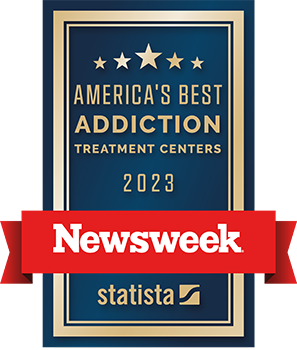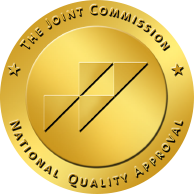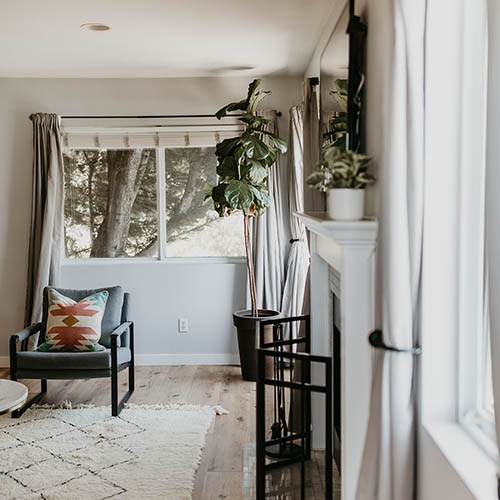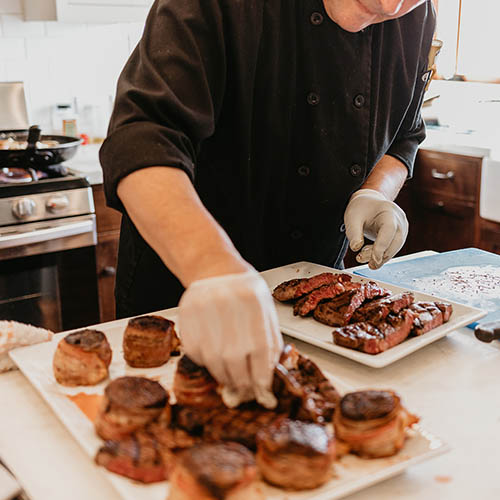Opioid Addiction Treatment
in Los Angeles, California

Oro House Opioid Addiction Treatment in Malibu and Los Angeles, California offers a non 12 step rehab program in a luxury setting.
Addiction to drugs or alcohol can be emotionally, socially, and financially destructive to both the patient and their loved ones. Of particular concern is opioid addiction, which has reached epidemic levels in the United States.
According to opioid addiction data provided by the U.S. Department of Health and Human Services:
- More than 190 people died daily from drug-related overdoses in 2019, bringing the annual death toll to over 70,630
- Over 10 million people misuse prescription opioids
- 1.6 million Americans live with an opioid use disorder
These figures point to a devastating opioid epidemic with wide-reaching consequences at an individual, community, and national level. In response to this crisis, it’s important to provide effective treatment and recovery services as a way of easing the burden and improving the lives of people trapped in the grips of addiction to opioids.
Located in southern California, Oro House Recovery Centers are award-winning luxury rehab facilities offering compassionate, evidence-based, holistic, and high-quality opioid addiction treatment services.
Our goal is to treat all aspects of our clients’ lives for successful and lasting recovery through compassionate care.
Overview of Opioids
What are Opioids?
Opioids are a class of drugs that attach to opioid receptors in the brain to alleviate pain. While this works well for chronic pain management, it can also create a pleasurable sense of euphoria, which may lead to dependence and addiction over time. Opioids include illegal drugs like heroin and prescription drugs such as Codeine, Hydrocodone (Vicodin), Oxycodone (Percocet and OxyContin), Morphine, Oxymorphone, and even Fentanyl.
3 Common Types of Opioids (Opiates):
- Natural Opiates are derived from the opium poppy plant, which is often grown in southeast Asia
- Semi-synthetic Opiates are made from both the poppy plant and man-made chemical compounds
- Synthetic Opioids are completely made in pharmaceutical labs, but the chemical structure is similar to the natural compound
What are the Side Effects of Opioids?
While prescription opioids can be helpful for specific medical treatment, the drugs also carry a high risk of side effects such as:
- Short-Term side effects of opioid use include dry mouth, sweating, constipation, nausea, mental fog, drowsiness, impotence, and slowed breathing
- Long-term side effects of opioid use include liver damage, infertility, increased tolerance, and opioid addiction
Why Are Opioids Addictive?
Opioids are primarily addictive because they target and stimulate powerful opioid receptors and reward centers in the brain. They also trigger the release of endorphins, which are feel-good neurotransmitters in the brain.
This creates a temporary feeling of well-being, but when the effects of the drug wear off, people crave getting the euphoric feeling back. After repeated use of opioids, the function and structure of the brain gradually changes, requiring more opioids just to feel normal. At this point, addiction begins to set in.
Getting free from the grips of addictive opioids is often extremely difficult due to a physical and mental dependence. Trying to stop using opioids can cause severe withdrawal symptoms. Opioid withdrawal can be uncomfortable and painful, often leading to overwhelming flu-like symptoms.
One of the main reasons people continue to use, is to avoid dealing with the symtoms of opioid withdrawal.

Risk of Opioid Addiction and Overdose
Opioids are safest when used for the short-term management of acute pain with a physician’s prescription.
Using these medications for any purpose other than the intended medical use or against the doctor’s instructions is considered opioid misuse. This includes exceeding the prescribed dosage, using the drugs for a different condition, and the recreational use of opioids.
Due to the euphoric effects of the drugs and their relative availability, prescription opioids are highly prone to misuse.
In addition to the risk of misuse and abuse, opioids can also lead to death. The Centers for Disease Control and Prevention notes that the number of overdose deaths increased from 8.2 deaths per 100,000 in 2002 to 32.6 in 2022, with many of these directly related to opioids.
Overdose deaths are mainly caused by the effects of opioids on the respiratory system.
The risk of opioid overdose is heightened by factors such as exceeding the recommended dosage, combining opioids with other substances, not taking opioids as prescribed, an existing medical condition, or injecting opioids to intensify the effects.
Signs of an opioid overdose include:
- Inability to speak
- Intermittent loss of consciousness
- Gurgling noises or vomiting
- Limp body
- Constricted pupils
- Clammy skin
- Pale face and blue or purple fingernails and lips
- Slow heartbeat and shallow breathing
In the case of an opioid overdose, the best course of action is to call emergency medical services immediately, keep the patient awake, and put them on their side to reduce the risk of choking as you wait for help.
The bravest thing anyone can ever do is reach out and ask for help.
We know how difficult this can be. We want this part of your journey to be as painless as possible.
Signs of Opioid Addiction – Dependence and Withdrawal Symptoms
The misuse of opioids (both prescription and illegal) may lead to dependence and addiction, also known as an opioid use disorder. This medical condition is defined by an inability to abstain from the use of opioids and changes in daily behavior.
Some signs of opioid addiction include:
- Negative personality changes
- Inability to perform at school or at work
- Fixating on getting more opioids
- Unable to discontinue using opioids
- Severe discomfort or pain
- Uncontrollable cravings for opioids
- Social isolation
- Financial difficulties and stealing to support addiction habits
People with an opioid use disorder quickly become physically dependent on the drug and can suffer intense withdrawal symptoms when trying to quit.
Opioid withdrawal symptoms can include:
- Shaking
- Sweating
- Restlessness
- Anxiety
- Agitation
- Abdominal cramping
- Nausea and vomiting
- Goosebumps
- Diarrhea
- Muscle aches
- Dilated pupils
- Profuse yawning
- Runny nose
If a person develops a physical dependence to opioids, it can be particularly hard to stop using.
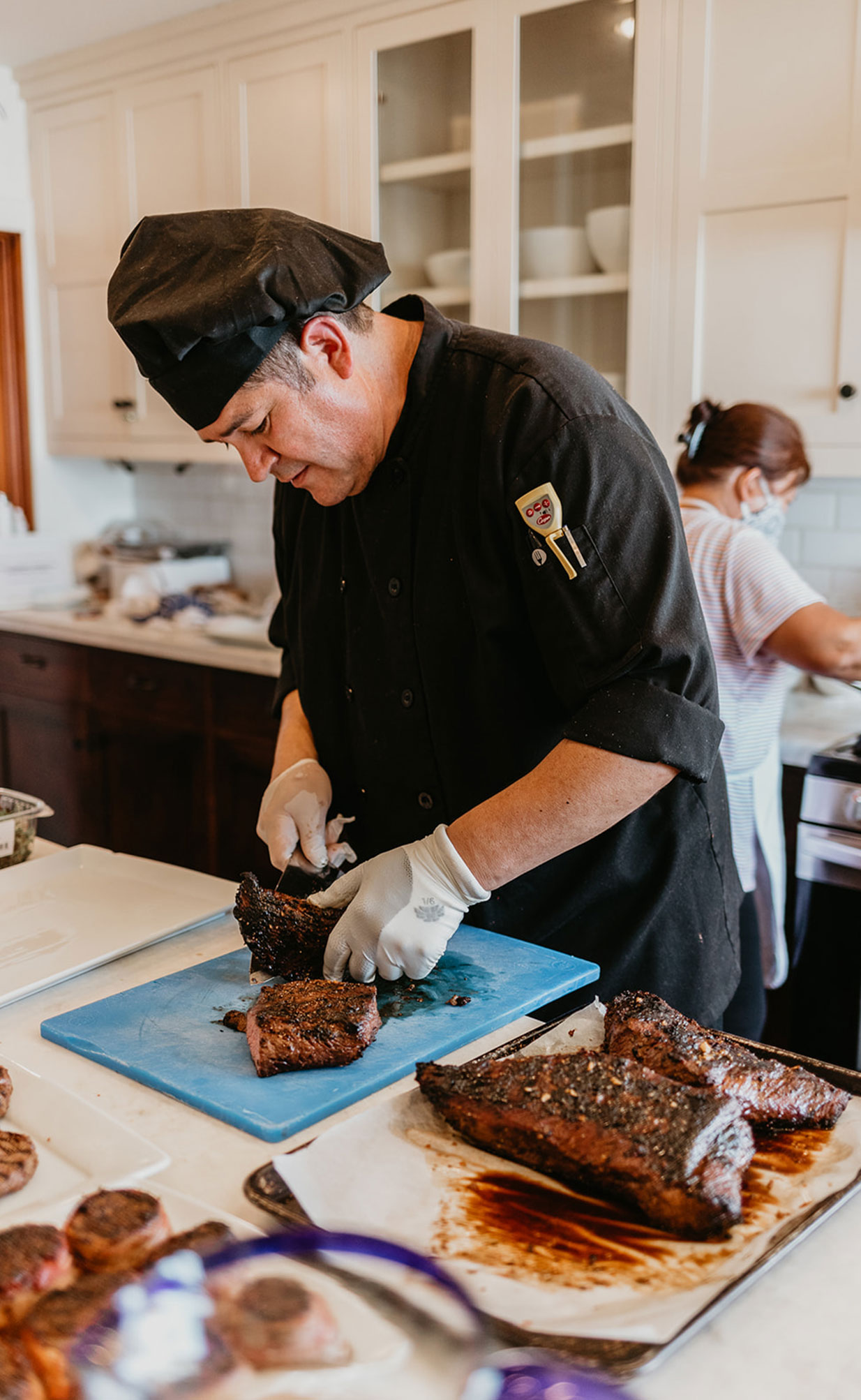
Opioid Addiction Treatment
Because of the nature of opioids, anyone can be at risk of addiction. A significant number of people develop an opioid use disorder unknowingly, even when using prescription opioids. For anyone that develops a dependency, keep in mind that there are successful opioid addiction treatment options available.
The opioid addiction treatment program at Oro House Recovery Centers generally involves 4 main stages:
- Opioid Detox
Medically-assisted opioid detox is typically the first step in any opioid addiction recovery program with the primary aim to facilitate safe opioid withdrawal treatment with as little discomfort as possible.
Detox helps to break the psychological and physical dependency on opioids.
Oro House has a dedicated and experienced team of board-certified addictionologists and nurses to supervise and manage detox on-site at our treatment facility.
Opioid detox typically lasts for 5 to 7 days or longer depending on each client’s condition.
- Medication Assisted Treatment
Medication Assisted Treatment (MAT) is an approved medical practice that has shown to be one of the most effective ways of treating opioid addiction. It involves the use of medications such as Buprenorphine and Naltrexone to reduce dependence on opioids and normalize brain function.
- Evidence-Based Treatment Therapies
Oro House uses a wide variety of evidence-based treatment therapies that have proven to be successful for treating all forms of addiction, including opioid addiction.
Common Treatment Modilities for Opioid Addiction Include:
- Cognitive Behavioral Therapy (CBT)
- Dialectical Behavior Therapy (DBT)
- Neurofeedback
- Motivational Enhancement Therapy (MET)
- Relapse Prevention Therapy
- Continuing Aftercare Support
Aftercare Support is intended to teach a person to live independently and with a compassionate system of support to prevent relapse. At Oro House Recovery Centers, we provide the right tools to heal the mind, body, and spirit during and after treatment has been completed. We provide a safe space to cultivate self-efficacy and rebuild trust with loved ones.
Oro House also provides dual diagnosis treatment to combat co-occurring disorders for facilitating long-lasting recovery.
Oro House Opioid Addiction Treatment in Southern California
As a leading opioid addiction treatment center in Los Angeles and Malibu California, Oro House Recovery Centers set ourself apart by providing a comprehensive addiction recovery program. We facilitate all levels of care, including medically-monitored detoxification, residential treatment in a luxury environment, outpatient treatment (IOP and PHP), and seamless transitional living.
We understand that opioid addiction can ruin lives and tear families apart, which is why we developed the Compassionate Care Model® of treatment that promotes “Connection, Not Control.” This is the basis of our opioid treatment program, and it highlights our beliefs, inspiration, and overall approach. It guides our staff and empowers our clients through their journey of recovery.
As a non-12 step rehab center, we believe that there are many paths leading to long-lasting recovery from alcohol and drug addiction.
Our opioid addiction treatment program is highly individualized, offering the best chance for long-lasting recovery. Each of our clients receives a customized program based on their individual needs that factors in a variety of aspects including:
- Frequency of opioid abuse
- Duration of prescription and street drug usage
- Whether opioids have been used in combination with other substances
- The presence of underlying mental health illnesses (dual diagnosis)
Recovering from an opioid use disorder can take time but it is possible for anyone. As the brain and body gradually heal, our compassionate and experienced staff at Oro House Treatment Centers support you every step of the way, ensuring you receive the best care possible for your unique needs.
Opioid addiction can be ruthless, and the negative consequences are far-reaching. But understand that the problem won’t magically disappear by itself, and any attempts to quit cold turkey alone without help could be accompanied by moderate to severe withdrawal symptoms.
If you’re struggling with a dependency to heroin or prescription opioids, get professional help as soon as possible.
Call us toll-free at (888) 595-0235 to find out more about our Opioid Addiction Treatment in Los Angeles, California.
